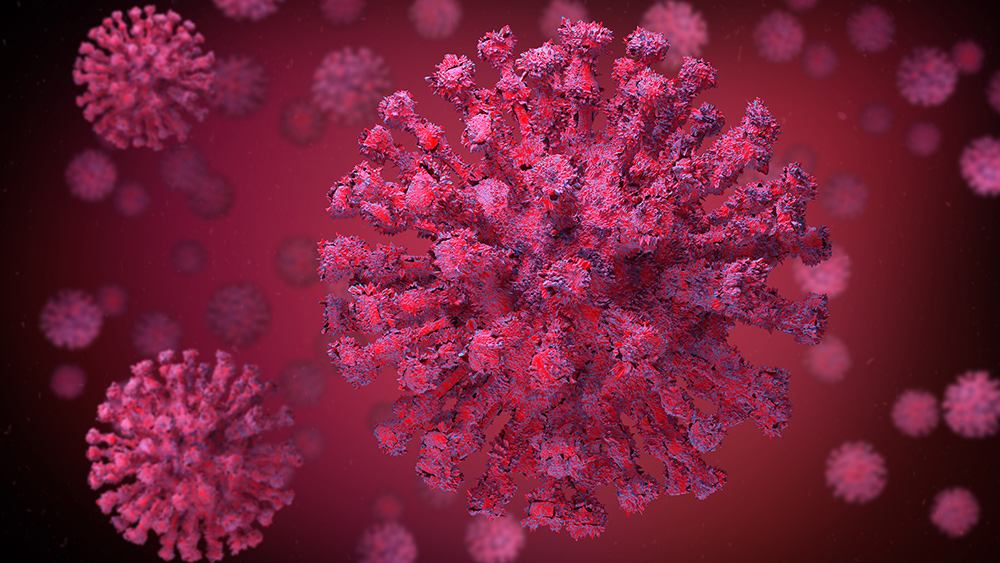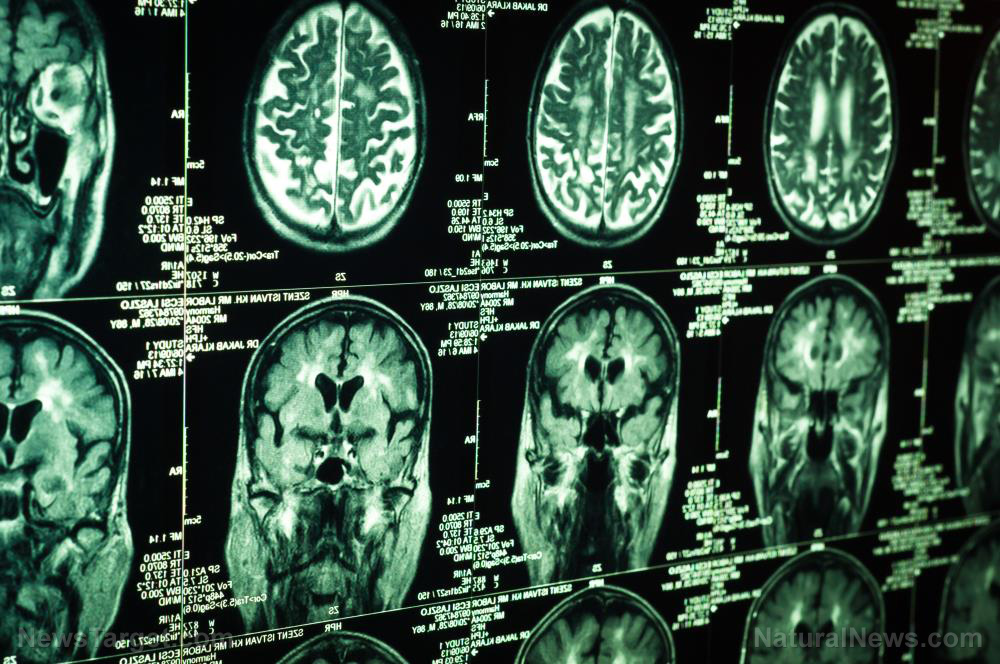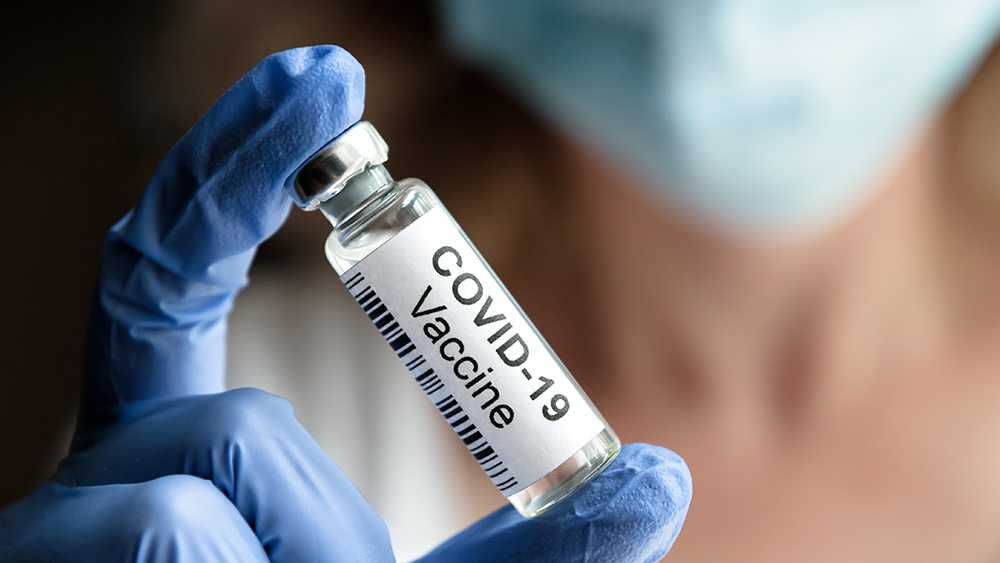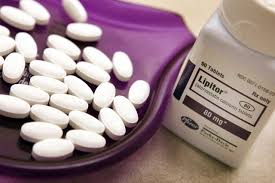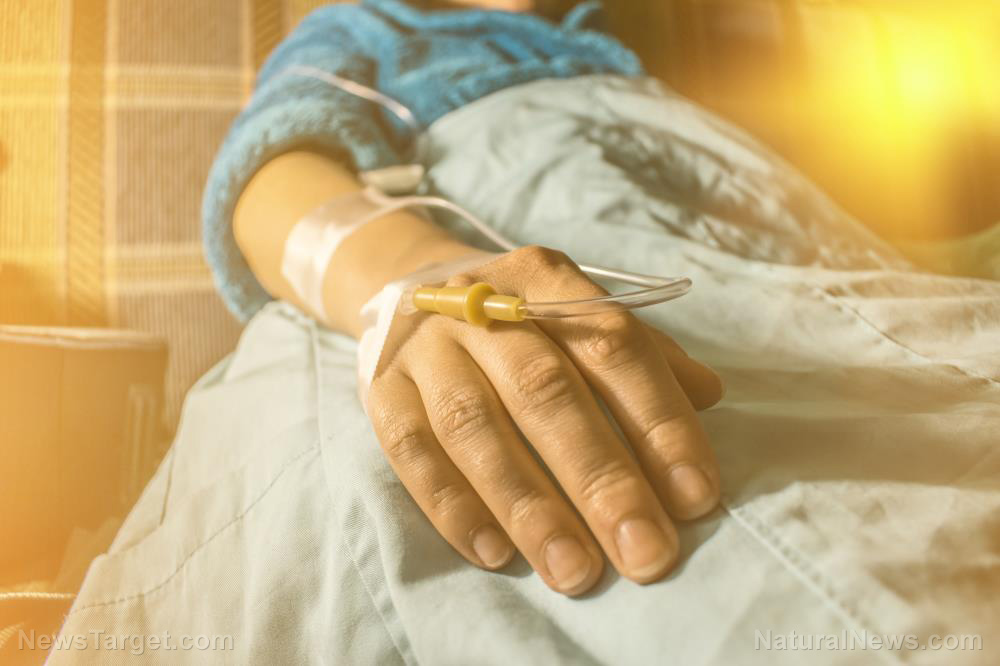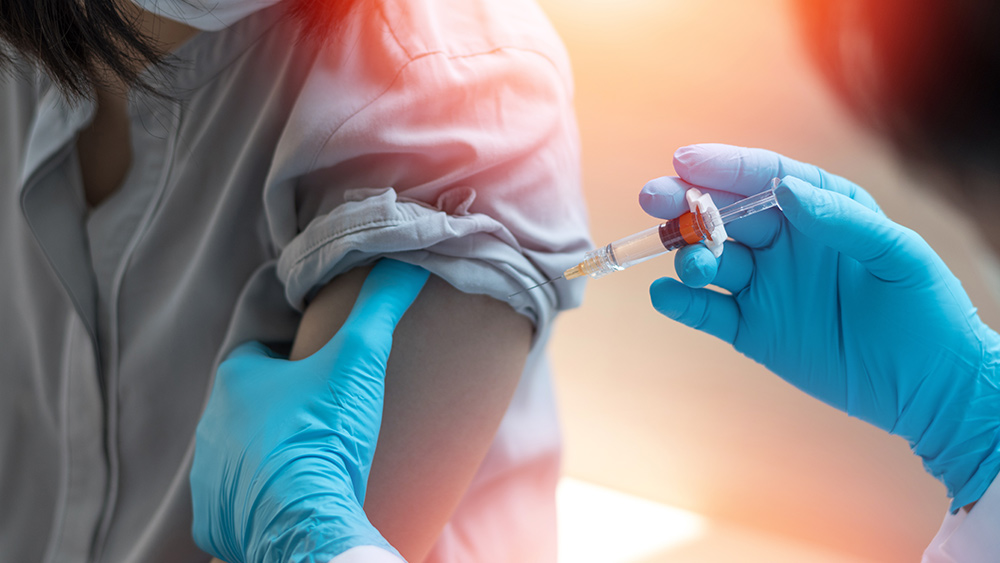Studies reveal potential benefits of chlorophyll in cancer prevention and treatment
01/10/2024 / By Laura Harris

Multiple cancer studies have unveiled a beacon of hope in an unexpected source: chlorophyll, the green pigment that gives plants their vibrant color.
Chlorophyll, primarily found in green leafy vegetables like spinach, kale and broccoli, is known for its role in photosynthesis – the process by which plants convert sunlight into energy. Recent studies have shed light on its potential health benefits in cancer prevention and treatment.
A study published in the Journal of Cancer Prevention Research tested the effects of spinach extract enriched with chlorophyll on 12,000 animals to learn how it affects markers of biological processes and the formation of tumors.
In the study, dietary chlorophyll in doses ranging from 500 to 4000 parts per million displayed chemopreventive effects. It also slowed down the growth of tumors and the transformation of healthy cells into cancerous ones. The results show a 29 to 64 percent decrease in liver tumors and 24 to 45 percent improved responses to stomach tumors.
Researchers also discovered that a diet containing 10 percent spinach significantly suppressed tumor development in different target organs, indicating the potential protective effects of chlorophyll during different stages of cancer progression. They also acknowledged that there might be additional protective effects in the later stages of tumor development. However, these effects are not yet fully understood and may not be directly linked to the interactions between chlorophyll and carcinogens.
Other studies also indicate that chlorophyll helps eliminate and prevent the breakdown of cancer-causing substances in the body.
For instance, in a 2001 study published in The Proceedings of the National Academy of Sciences, chlorophyllin – a semi-synthetic derivative of chlorophyll – demonstrated a remarkable ability to reduce the biologically effective dose of aflatoxin, a carcinogen associated with liver cancer. This finding suggests chlorophyllin could be a protective agent against specific cancer risks.
During the study, participants were given 100 milligrams of chlorophyllin three times a day for four months. The findings revealed that consuming chlorophyllin led to a 55 percent reduction in the excretion of aflatoxin-DNA compounds in urine.
Chlorophyll also has the potential to reduce inflammation; protect against oxidative stress; enhance immune function; and manage the blood-related side effects of cancer radiation and chemotherapy.
Chlorophyll intake helps boost the immune system
A substance naturally abundant in green vegetables, chlorophyll is present in stems, leaves, pulps and peels. A list of particularly chlorophyll-rich foods includes spinach, squash, dandelion, green rocket, green pepper, chlorella, spirulina, leek, parsley, broccoli, green cabbage, zucchini, green beans and peas, cucumber and wheatgrass. (Related: STUDY: Green vegetables block dioxin uptake.)
This substance helps boost the immune system by making more white blood cells and improving the performance of natural killer cells. This makes it easier for the body to defend against infections and other harmful germs.
In a pilot study on wheat grass juice for its phytochemical, nutritional and therapeutic potential for chronic diseases, researchers claimed that wheatgrass juice full of chlorophyll might be useful in addressing low hemoglobin conditions like anemia and thalassemia.
Chlorophyll also comes in supplements and is available in liquid, powder or capsule form since the 1960s. While there is no universal consensus on the recommended daily dosage, several studies suggest that a daily intake of 100 to 300 milligrams of chlorophyll for adults can offer various health benefits. However, experts stressed the importance of consulting with healthcare professionals before incorporating chlorophyll into one’s diet due to potential side effects.
The purported advantages of chlorophyll supplementation span from detoxification and immune system support to promoting healthy digestion and wound healing. Of course, it is important to note that individual responses to supplements may vary.
PreventCancer.news has more on how people can protect themselves against cancer.
Watch this clip of Tonja Wells as she discusses how chlorophyll is essential for better well-being.
This video is from the Cahlen channel on Brighteon.com.
More related stories:
Chlorophyll Can Help Treat Cancer.
Chlorophyll in Wheatgrass Proven to Fight Cancer.
Chlorophyll: A powerful blood builder and chelating agent.
Cahlen Lee shares tips on how to detoxify dioxins using food and nutrition.
Sources include:
Submit a correction >>
Tagged Under:
alternative medicine, anticancer, cancer treatment, chlorophyll, food cures, food is medicine, food science, green vegetables, health science, immune system, natural cures, natural health, natural medicine, phytonutrients, remedies, supplements, veggie
This article may contain statements that reflect the opinion of the author
RECENT NEWS & ARTICLES
HealthScience.News is a fact-based public education website published by Health Science News Features, LLC.
All content copyright © 2018 by Health Science News Features, LLC.
Contact Us with Tips or Corrections
All trademarks, registered trademarks and servicemarks mentioned on this site are the property of their respective owners.

